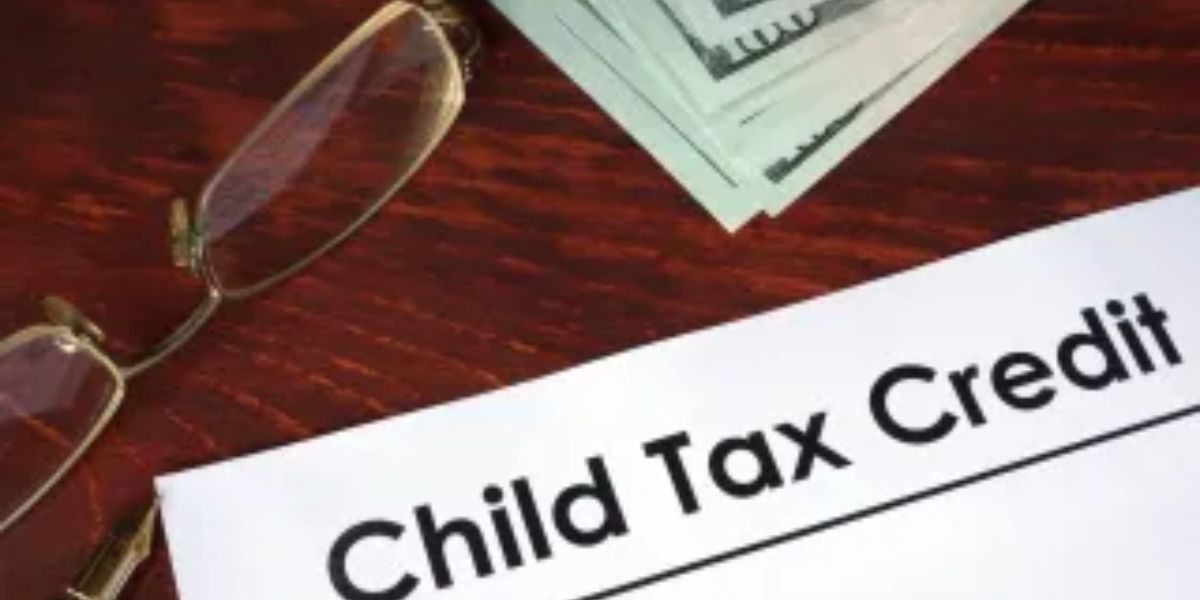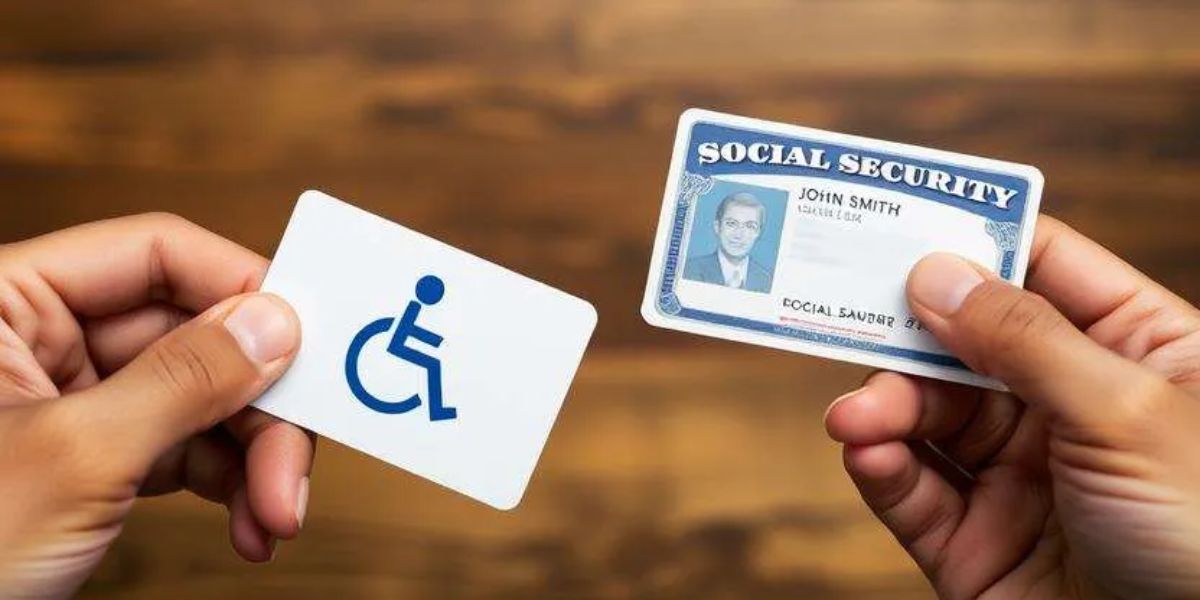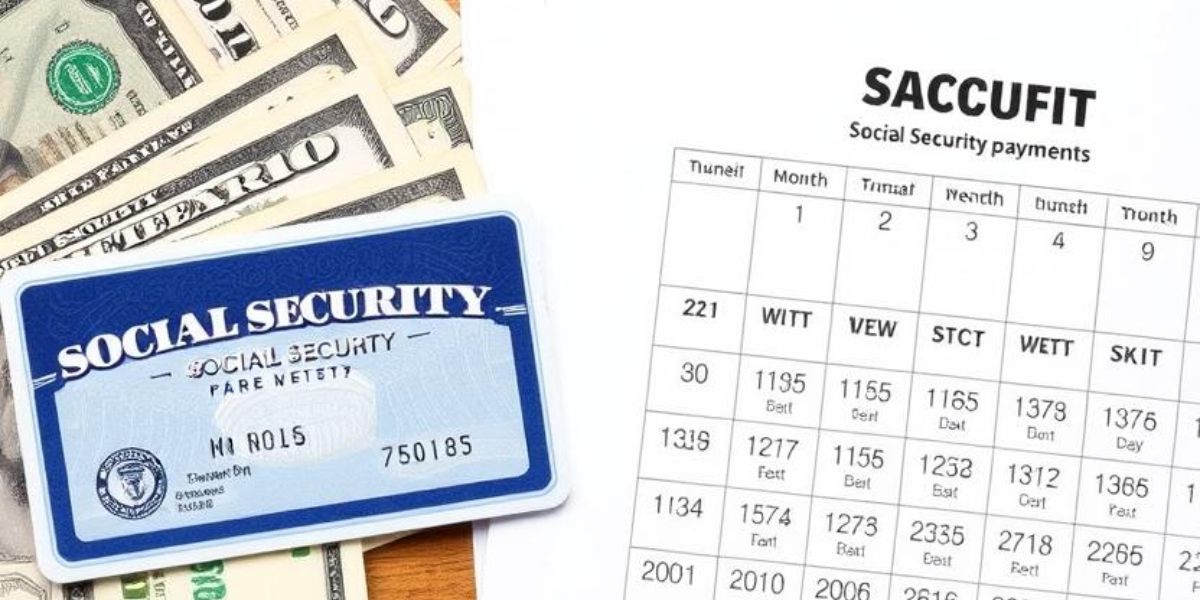In a sweeping response to inflation and housing challenges, New York State has approved a landmark fiscal package aimed at easing the financial burden on low- and middle-income residents. The FY 2026 state budget, signed into law in April 2025 by Gov. Kathy Hochul, expands tax credits, provides stimulus checks, and guarantees free school meals, impacting millions of households across the state.
The relief measures are seen as a direct answer to the economic concerns raised during the 2024 election cycle, where rising rent, food, and child care costs dominated public discourse.
Timeline and Policy Highlights
The new provisions stem from Governor Hochul’s January 2025 State of the State address and were finalized in the April FY 2026 budget. The centerpiece: a major expansion of the Child Tax Credit. Families with children under 4 years old will now receive up to $1,000 per child annually, while those with children aged 4 to 16 will receive $500.
“This historic expansion will help families cover essential expenses,” said a spokesperson for the Governor’s Office during a press briefing. The maximum amount per child has jumped from $330 to $1,000, targeting nearly 1.6 million households—especially those earning under $50,000 a year.
The move also includes a $1 billion middle-class tax cut signed in May 2025. Over the next two years, households earning between $50,000 and $150,000 will see annual tax savings ranging from $500 to $1,200.
Voices from the Community
Bronx resident and mother of two, Amina Rodriguez, called the new tax credits “a relief we desperately needed.” She added, “We’ve had to choose between groceries and utilities more than once this year. This gives us breathing room.”
Housing advocates, too, welcomed the package. “The 22% increase in housing costs since 2020 has pushed families to the brink,” said Lucas Green of the New York Affordable Housing Coalition. “This budget finally acknowledges that.”
National Context and Economic Drivers
New York’s moves mirror broader trends as several states revisit tax structures to tackle the lingering effects of inflation. According to the U.S. Bureau of Labor Statistics, food and basic service prices rose 6.2% nationally in 2024. New York’s own Department of Labor reports that more than 35% of renters spend over half their income on housing.
With a record budget reserve of $19.5 billion, the state has used its $3.1 billion tax surplus to fund this year’s additional relief without sacrificing financial stability.
Additional Measures for Working Families
The FY 2026 budget also earmarks $900 million annually to provide free meals for all public school students. Previously, only 60% of schools offered free meals based on income qualifications. Now, nearly 2.7 million children will benefit regardless of household income—saving families up to $1,600 per child per year.
Additionally, up to 8 million households will receive one-time stimulus checks of up to $400. While mailing dates are not yet confirmed, officials say the payments will prioritize households earning under $75,000 annually.
Civic and Legal Implications
By reducing bureaucratic hurdles and universalizing school meals, the state hopes to eliminate the stigma many children face in lunch lines. The combination of tax credits, rebates, and benefits could net eligible families up to $5,000 in annual support.
Tax policy experts have called this one of the most progressive family-focused budgets in the state’s recent history. “New York is not just responding to inflation—it’s rewriting how government supports working families,” said Anjali Desai, policy analyst at the Urban Fiscal Center.
Were you impacted by this year’s state budget changes? Share your story or questions in the comments.



